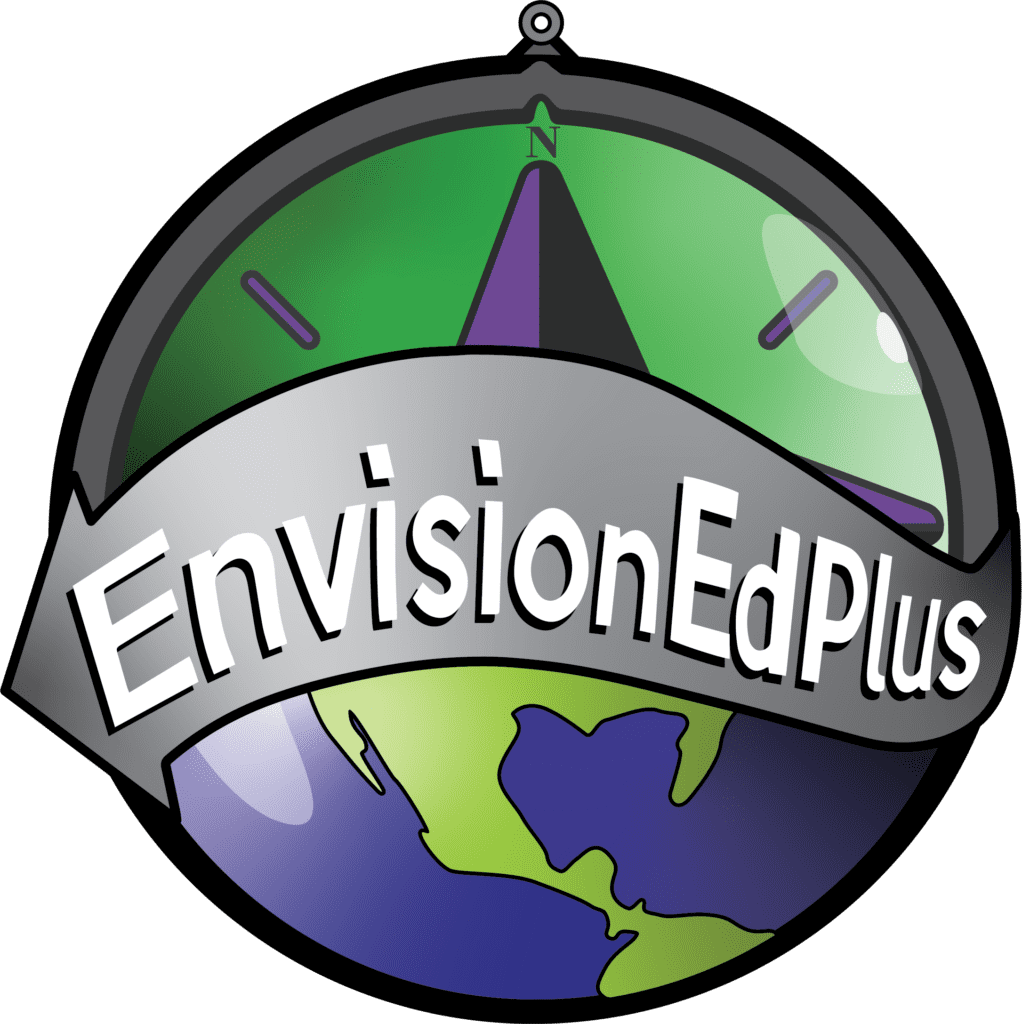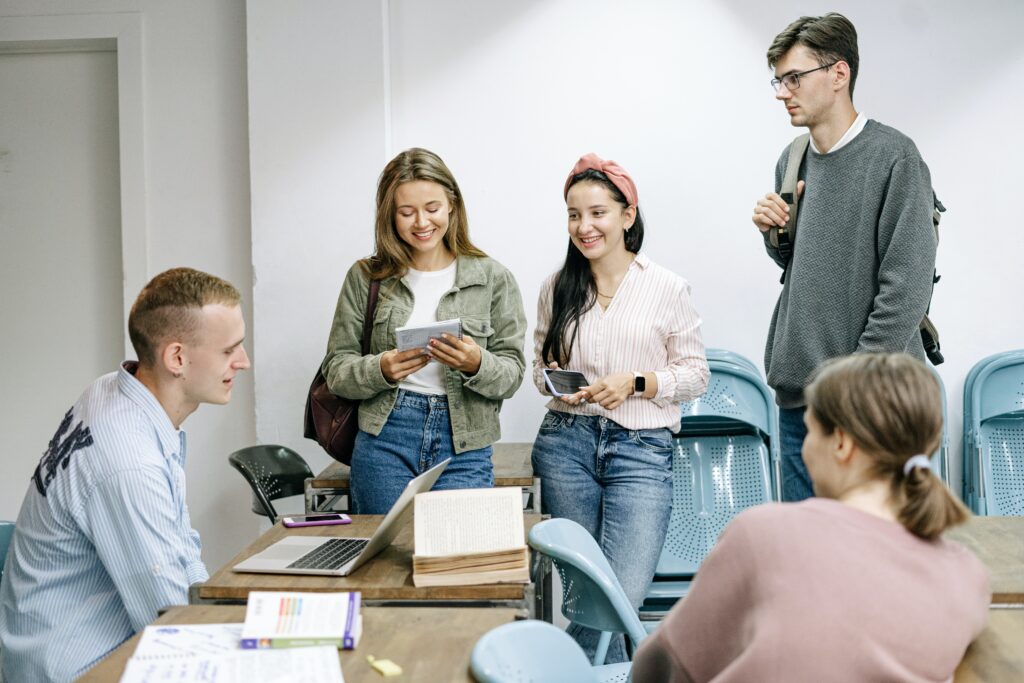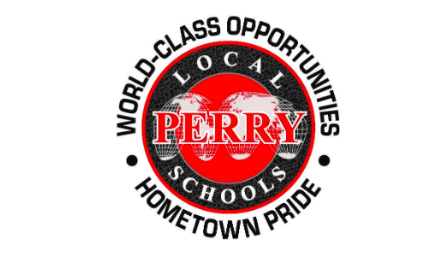Since late fall when it was announced that Ohio Department of Education was awarded $42 million for a Comprehensive Literacy State Development Grant from the U.S. Department of Education, districts and ESCs have been anxiously awaiting release of the subgrant competition. There has been speculation about what will make an application competitive and even more about the viability of consortia applications. Many districts hoped they would have a better understanding about the grant’s purpose and use of funds once the Intent to Apply process (due Feb 14) opened last week. The intent to apply process clarified questions regarding eligibility and prioritization, but ODE continued to direct LEAs to review the state’s federal application for funding. Since all of our partners are super busy running schools and districts, we did the deep dive for you!
READ ON for an overview of expectations and advice to help you decide whether this competition is a good fit for your school or district.
| EEP’s official disclaimer The information in this blog (including all dates and deadlines) come from ODE’s federal application, informal conversations with program staff and documents on the Department’s website. Information should only be used as preliminary guidance. When ODE releases the actual sub-grant application it will include a final timeline, expectations for eligibility, compliance and program design. ODE documents state the sub-grant applications will be released in early February 2020. |
Question: Is the Comprehensive Literacy State Development (CLSD) grant really just Striving Readers Round 2?
EEP Response: NO! A key outcome of the Striving Readers grant was to improve the language and literacy development of as many Ohio children as possible, with an emphasis on serving the greatest numbers of students living in poverty, students with disabilities, English learners and students identified as having reading difficulties. But the CLSD grant has a different purpose – developing model literacy sites to improve student literacy and increase educational options available to students who traditionally have been underserved. During Striving Readers, the state encouraged consortia that served large numbers of children across the different grade bands. ODE will be looking to establish up to 64 model literacy sites that are highly likely to reach FULL implementation as a “model comprehensive literacy site†by the end of the four year subgrant.
Question: What makes a school or early learning program competitive for CLSD? Does being in a current Striving Readers project make a difference?
EEP Response: Competitiveness for CLSD is not dependent on being a Striving Readers school. Nor is it dependent on currently having great literacy scores. ODE is looking to develop model comprehensive literacy sites over the course of the 4 year subgrant awards. EnvisionEdPlus created a CLSD Readiness Self Assessment Tool to assist you in determining whether your early childhood program or school could be ready to compete as a model site.
Question: How many grants will ODE award? Are there preferences based on geography?
EEP Response: ODE will make CLSD awards across each of the 16 SST Regions. Each SST Region is likely to have ONE early learning site, ONE elementary site (K-5), ONE middle school site (6-8) and ONE high school site (9-12) with a maximum of 64 sites.
Question: What are the most important eligibility requirements?
EEP Response: ODE recently published very specific eligibility requirements. Be sure to review them before submitting Intent to Apply. Here is a quick summary.
- Early childhood (birth – age 5): Must be licensed by either ODJFS or ODE with at least 3 Stars on the Step Up to Quality Rating (SUTQ). If a site is not yet rated but is expected to have at least a 3 by June 30, 2020, then the site may still apply. Chartered nonpublic preschools should review the ODE eligibility notice for more information.
- K-12 applicants: Districts, exempted village school districts, community schools, cooperative education school districts, joint vocational school districts and educational service centers are eligible but chartered nonpublic schools are not eligible due to federal guidelines.
Question: Are there competitive preferences for scoring and awards based on need?
EEP Response: YES. According to the federal competition rules, ODE must target ‘high need schools’. JVSD and ESC applicants should review eligibility requirement guidance documents for their rules.
- Early childhood (birth – age 5): Priority is awarded for programs serving children living in families at or below 200% of the federal poverty level in order.
- K-12 applicants: The highest priority will go to applications that demonstrate that 50% of the schools in the district meet the definition of ‘high need’ and the model site meets the definition of ‘high need’.
- K-8 High Need: At least 50% of students are considered low income.
- 9-12 High Need: At least 40% of students are considered low income. High schools can use their feeder system data to demonstrate poverty.
Question: Are consortia allowed? To what extent does a consortia application make sense?
EEP Response: Yes, consortia are allowed. However, in order for a consortium to make sense for this competition, each LEA must pool resources to share human and material assets and link academic and administrative resources. In layman’s terms, the consortium must use a common set of evidence-based strategies, and share resources (such as staffing or training) to decrease costs and increase efficiency. In Striving Readers, some consortia brought together multiple districts but everyone did their own work. That type of consortia would not be allowable for this grant.
Question: Are there any other unique aspects of this grant, that we need to consider when applying?
EEP Response: Yes. We recommend you embed the following components.
All applicants
Culturally Responsive Practices and Family Literacy. Clearly and deeply embed evidence based family literacy activities and emphasize use of culturally responsive practices at school and with families.
Early Learning Applicants
Embed recommended resources. ODE specifically defined two expectations for all early learning sites. Make sure you are knowledgeable about STAR@Home and OSU Partnerships for Literacy.
K-12 Applicants
Link School Day and Afterschool/Summer Programs. While the focus of training and implementation of evidence based strategies for literacy is primarily on the regular school day, clearly link and support afterschool and out-of-school time instruction.
High School Applicants
Access to Educational Choice and Personalized Pathways. High schools will be expected to create linkages to dual enrollment programs, work-based learning experiences (including internships and apprenticeships), credit recovery opportunities and other choice options.
|
Check out our Operation Graduation Design Labs and Work Based Learning that WORKS events. These professional learning experiences can provide significant support to high school teams interested in becoming comprehensive literacy model sites. |
Question: We just need help improving literacy for our school. Can the grant help with that?
EEP Response: Over the next year, ODE will begin offering statewide professional learning and resources so any early childhood center or K-12 school can access training on using evidence based strategies to develop comprehensive literacy instruction. There will be regional literacy networks, resources on the ODE website and site visit opportunities to model schools. Watch ODE website and EdConnections for info.
If you think this grant is right for you, and would like assistance writing a competitive application, give us a shout! EnvisionEdPlus partner organizations have won more than $207,000,000 in grant awards.
Contact Michele Timmons Michele@envisionedplus.com 614.893.7341 or Tricia Moore Tricia@envisionedplus.com 614.357.4439 with questions or writing assistance.











